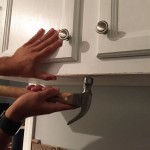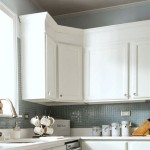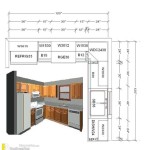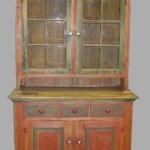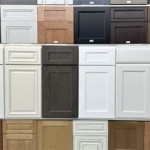Is Walnut a Good Choice for Kitchen Cabinets?
Walnut is a premium hardwood prized for its rich color, distinctive grain patterns, and durability. It's a popular choice for furniture, flooring, and increasingly, kitchen cabinetry. However, like any material, walnut has its advantages and disadvantages that homeowners should consider before making a selection.
One of the most compelling reasons to choose walnut cabinets is their aesthetic appeal. The wood possesses a naturally warm, inviting tone that ranges from light brown to a deep, chocolatey hue. The prominent grain patterns, often featuring swirls, curls, and straight lines, add visual interest and a touch of elegance to any kitchen. This natural beauty allows walnut to complement a variety of design styles, from traditional to contemporary.
Durability is another key factor contributing to walnut's popularity. As a hardwood, it is naturally resistant to dents and scratches, making it well-suited for the wear and tear of a busy kitchen environment. With proper care and maintenance, walnut cabinets can last for decades, providing a long-term return on investment.
Walnut’s workability is also a significant advantage for cabinet makers. While a dense wood, it is relatively easy to shape and carve, allowing for intricate detailing and custom designs. This characteristic makes it possible to create cabinets that perfectly fit the homeowner's vision and the kitchen's layout.
Walnut's inherent strength and stability also contribute to its suitability for cabinetry. It's less prone to warping or cracking due to changes in temperature and humidity, which is particularly important in a kitchen environment where these fluctuations are common. This stability ensures that cabinet doors and drawers continue to function smoothly over time.
Beyond its visual and structural benefits, walnut offers versatility in terms of finishing options. It can be left natural, showcasing the wood's inherent beauty, or stained to achieve a desired color. Various finishes, from matte to high-gloss, can be applied to enhance the wood's grain and protect it from moisture and damage.
Despite its numerous advantages, walnut also has some drawbacks to consider. One of the most significant is its cost. As a premium hardwood, walnut is typically more expensive than other wood species commonly used for cabinetry, such as oak or maple. This higher price point can impact overall project budgets.
Another factor to consider is walnut's photosensitivity. Over time, exposure to direct sunlight can cause the wood to lighten or darken, potentially leading to uneven coloration, especially in kitchens with large windows. While this natural aging process can be appealing to some, others might prefer a more consistent appearance.
Walnut's open-grain structure, while contributing to its aesthetic appeal, can also make it more susceptible to staining if spills are not promptly cleaned. Proper sealing and regular maintenance are crucial to preventing liquids from penetrating the wood and causing permanent discoloration.
The relative scarcity of walnut compared to other hardwoods can also influence its availability and lead to longer lead times for custom cabinetry. Homeowners working on tight deadlines might need to consider alternative wood species if readily available materials are a priority.
Maintenance requirements are another aspect to consider. While durable, walnut cabinets require regular cleaning and occasional conditioning to maintain their appearance and protect them from damage. This ongoing care can involve some effort and expense.
Walnut’s darker hues, while aesthetically pleasing to many, can make a small kitchen appear even smaller. Careful consideration should be given to the overall kitchen size and lighting when choosing walnut cabinetry to avoid creating a dark or cramped feel.
Finally, the weight of walnut is a practical consideration. Its density makes it heavier than other wood species, which can impact installation and potentially require more robust framing or support structures for wall-mounted cabinets.
Choosing the right wood for kitchen cabinets involves a careful evaluation of various factors, including aesthetics, durability, cost, and maintenance. Walnut offers a unique blend of beauty, strength, and versatility, making it a compelling option for homeowners seeking a premium and long-lasting material. However, its higher price point, susceptibility to sunlight, and specific maintenance requirements should be factored into the decision-making process.

10 Stylish Walnut Kitchen Cabinet Ideas Pretty My

Walnut Wood A Trending Topic Kitchen Design Concepts

Cabinet Wood Types For Kitchen Capitol Kitchens And Baths

Maple Vs Walnut Kitchen Cabinets

Beauty Of Natural Walnut Mtkc Mt Kitchen Cabinets Inc San Mateo

A Few Authentic Walnut Cabinet Ideas To Vamp Up Your Kitchen

Why Should You Choose Walnut Cabinets For Your Kitchen Gec Cabinet Depot

Modern Walnut Cabinets Is It A Good Idea To Install Them Design Ideas For The Built World

Maple Vs Walnut Kitchen Cabinets

10 Stylish Walnut Kitchen Cabinet Ideas Pretty My
Related Posts


